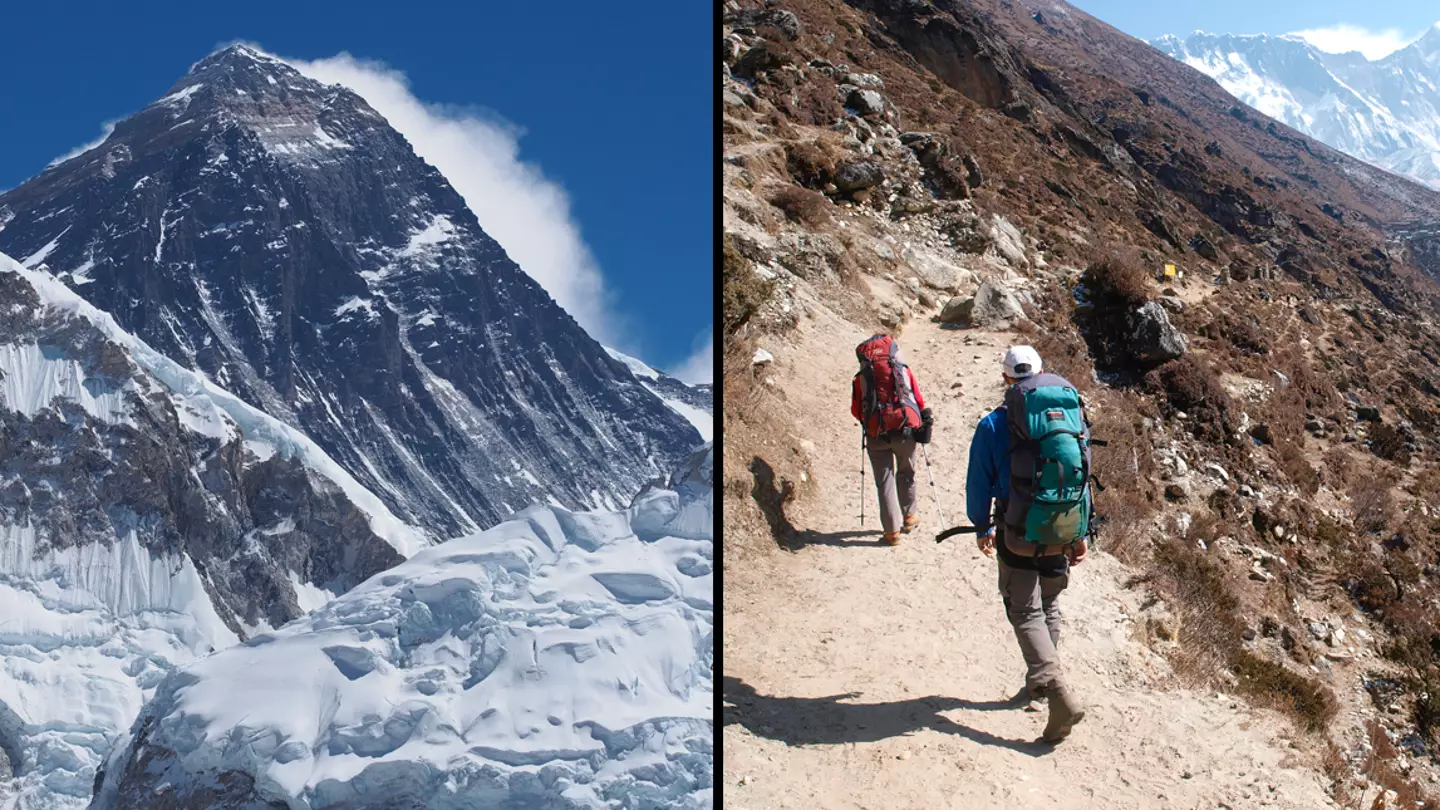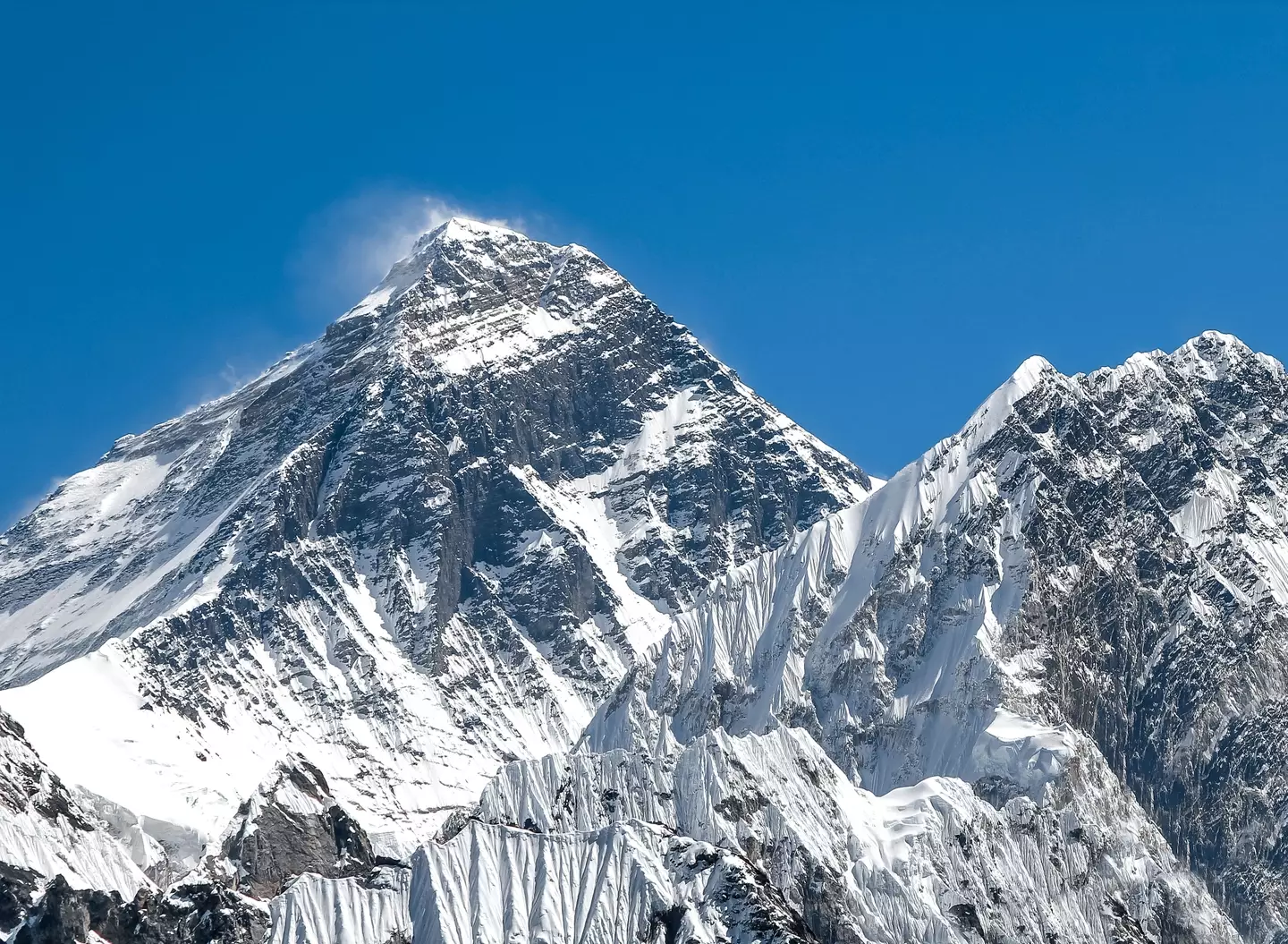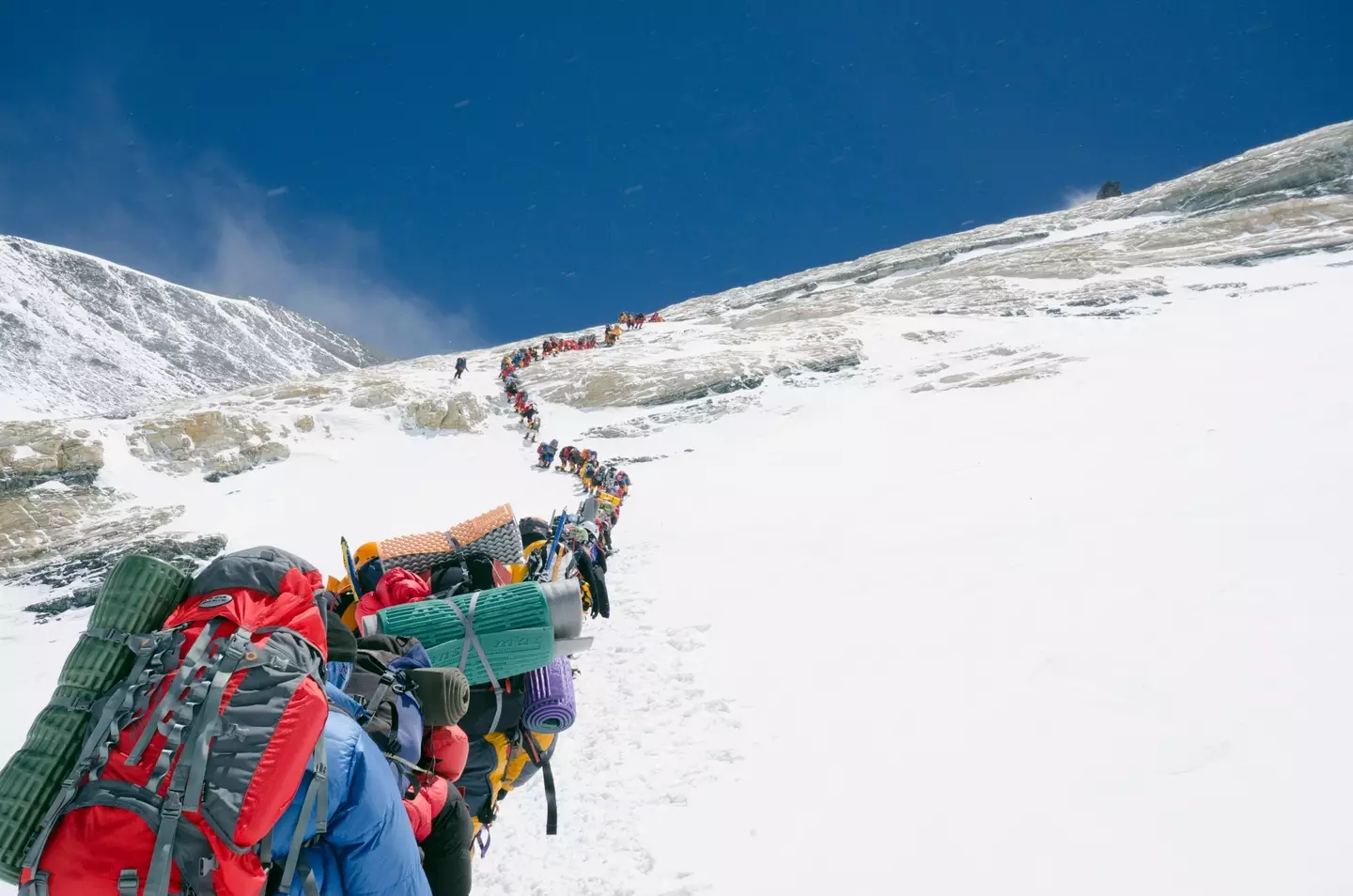
Every year, hundreds of people attempt to climb Mount Everest.
But while many manage to get to the top, and others are forced to turn back and head down to the bottom, some sadly never make it off the mountain.
The treacherous journey takes years of training, but no matter the skill level of the climber, sudden changes in conditions can be deadly.
Advert
Over the years, over 300 deaths have been recorded on Everest, with the majority of the bodies still up there.
Many of the climbers who attempt the feat pass their remains, which are buried in the icy mountain range.
One of the most infamous of those is an unidentified climber known only as 'green boots', on account of his neon green shoes, who is thought to have died during a climb in 1996.
Before his body was removed recently, he was joined by another climber, David Sharp, who sought refuge in the same small cave in 2006.
His body was found huddled up, with his arms around his knees.
Advert

It's thought that David froze to death over several hours, as around 40 other climbers passed him on their way up.
Sir Edmund Hillary, who became the first person to climb Everest in 1953, along with Tenzing Norgay, said he was disgusted by the lack of help offered by other climbers.
He told the New Zealand Herald: "If you have someone who is in great need and you are still strong and energetic, then you have a duty, really, to give all you can to get the man down and getting to the summit becomes very secondary.
"I think the whole attitude towards climbing Mt Everest has become rather horrifying. The people just want to get to the top. They don’t give a damn for anybody else who may be in distress and it doesn’t impress me at all that they leave someone lying under a rock to die."
Advert
One of the reasons these bodies are rarely removed is because of the sheer expense; it costs between $40,000 to $80,000 for a team to retrieve a body from Everest, and it is not a guaranteed venture.

Those who do remain, though, act as a reminder, a warning, to those who try to make it to the top, of the dangers that lie ahead of them.
It was revealed this week that Spencer Matthews would be climbing Mount Everest in the hope of finding his brother's body.
Michael Matthews was just 22 when he reached the top of the mountain in 1999, becoming the youngest British person to ever do so.
Advert
Tragically, Michael died during his descent and his body was never recovered.
However, in a new documentary, his brother and Made in Chelsea star Spencer will attempt to retrace Michael's footsteps and try to find his body.
Speaking about Finding Michael, which has been made with Disney+, the 34-year-old said: "It was important for me to get my head around the fact I might come face to face with my brother’s frozen body.
"I knew it was going to be a gut-wrenching and emotional journey."
Topics: World News, Mount Everest